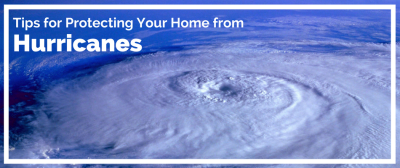
Protect your home
- Check that adequate tie-downs are installed on manufactured homes, and that there is tension on tie-downs. Install additional anchors if needed. The capacity of tie-downs depends upon the soil type, anchor type, and soil conditions:
- saturated (completely wet)
- unsaturated (moist or dry)
- Elevate manufactured homes above the base flood elevation when possible. (Information on the base flood elevation should be available from the local building or zoning department.)
- Covered porches frequently have poor connections anchoring the roof to the posts and the posts to the foundation. This problem can be easily corrected. Connections should be checked against current building codes.
- When replacing roofing, remove all of the old roofing, inspect the nailing of the roof deck and add nailing to meet the present building code standard for high wind areas.
- Provide continuous connections from the roof to the ground. In older homes that have plywood or wood sheathing, the connections are frequently weak between the wall plate and the roof rafters or trusses. In these cases, install hurricane straps.
- When replacing asphalt shingles, install shingles to standards for high wind areas (additional nailing and roofing cement is required over conventional installation.)
- Install shutters to protect windows and glass doors from flying debris.
- Install gable end bracing.
- Install garage door bracing.
- Install patio and double door bracing.
- Install tie downs for sheds, fuel tanks, TV antennas, and satellite dishes.
- Install back flow valves on septic/sewer lines in flood-prone areas.
- Elevate flood-prone utilities, heating and cooling systems, and appliances, and anchor securely.
- Use ties, straps, or pallet wrap to bundle loose lumber in outside storage.
- Keep important papers (insurance policies, birth certificates, bonds, etc.) in a bank safe deposit box.
- Thin out tree tops (remove 1/3 of limbs) of large trees near buildings.
- Replace weak trees with wind resistant trees (check with your local county extension service.)
- Keep downspouts and drains clear of leaves and debris.
- Maintain adequate insurance for wind and flood damage

